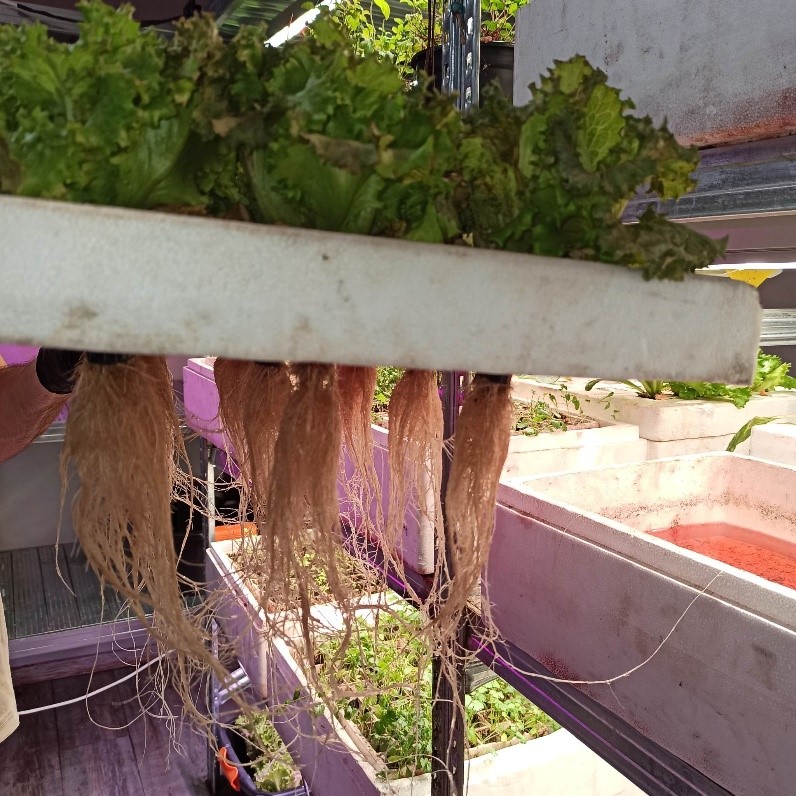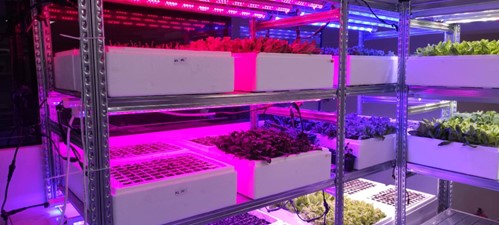How urban vertical farms can help cities become food-sufficient
Is it possible to be food-independent?
According to FAO, more and more people will reside in city centers by 2050 [1]. Along with climate change pressure, this fact raises the need to produce more food that is more sustainably closer to the cities. Every year, the food waste rate increases and this may be due to the number of miles (food miles) a harvested food must travel from the field to the consumer.
There are many ways of producing food in urban areas to meet consumers’ needs. First, citizens may create urban vegetable gardens, individually or as a community, for joint exploitation. Specifically, in urban vegetable gardens, each citizen may cultivate his/her food in a more sustainable and eco-friendly way by adding organic fertilizers such as compost and manure. This may also positively impact the urban environment and reduce urban pollution.
Does climate change affect soil fertility?
On the other hand, city land is often affected by increased salinity, erosion, and heavy metal pollution, so it becomes increasingly urgent to find more sustainable cultivation alternatives. Vertical farming or indoor farming could serve as up-and-coming alternatives. Vertical farming, in particular, may be an alternative to conventional farming due to its independence from meteorological and field conditions. Vertical farming can be established via hydroponic or aeroponic cultivation techniques (soilless) or by vertically arranged pots. Many companies are investing millions in vertical farming as they have already identified its advantages via R&D trials. However, the disadvantages of these systems are the high initial investment and the high energy consumption. However, there is no need for expertise in establishing a simple hydroponic set, and every citizen could grow their vegetables without the need for experts and high-cost equipment.
Is there any practical example of urban vertical farming?
As an example, we may present the established vertical farming inside a restaurant in the heart of the Thessaloniki metropolitan city. This restaurant comes by the name Maestranza (Ptolemeon 29Β, Thessaloniki 54 630) and its vertical unit is accessible to visitors. The restaurant’s main concept is the production of as many raw materials as possible without the need for external supply. As you can see in picture 1,2, racks hold the plants either cultivated in pots or in plastic trays filled with fertilizer solution. You can see how the root system grows under this solution in picture 3. Above all plants, LED lights with specific wavelengths are placed to assist in plant growth. In addition, below every rack, there are insect traps, and no insecticides or fungicides are applied throughout the year. Moreover, a standard fertilization recipe is used once per month, resulting in a highly concentrated solution, which is then diluted according to plant needs.

Picture 1. Rack structure

Picture 2. Root system under floating technique
At this point, it is worth noting that establishing an urban vertical farming system in the city center (as the example mentioned above) eliminates food miles, maximizes the freshness of vegetables, and targets a more sustainable way of food production. It is worth mentioning also that visitors may taste these fresh vegetables and be informed by the way this system works by the agriculturist-scientific partners of the restaurant, Mr. Simos Nikolaos and Mr. Koularmanis Konstantinos.
Bibliography
- United Nations, 2018. 68% of the world’s population is projected to live in urban areas by 2050, says UN | UN DESA | United Nations Department of Economic and Social Affairs.










































































